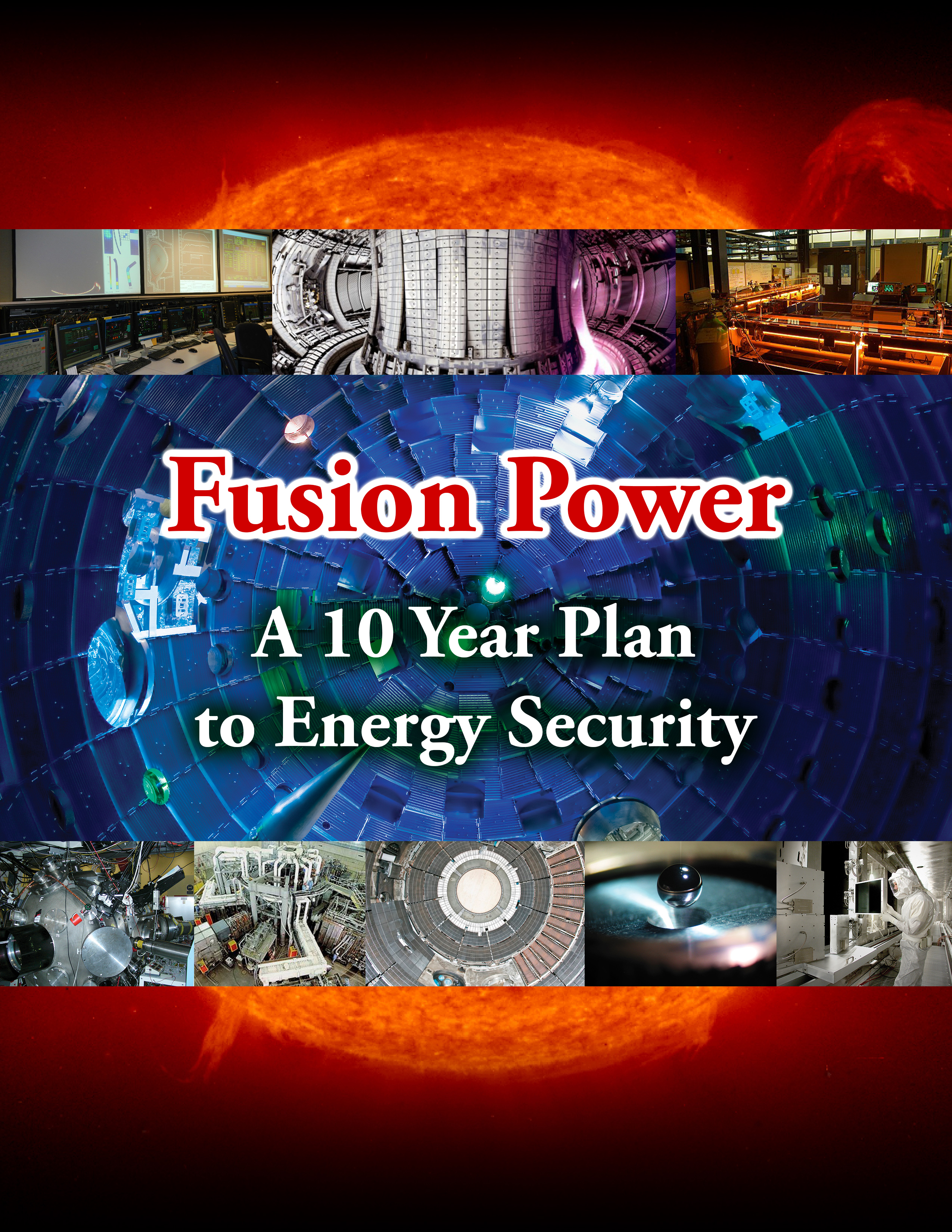
Fusion News: Product Design & Development – 19th Century Device Provides Clues to Nuclear Fusion Control
The Sandia National Laboratories’ powerful Z machine has offered clues on how to achieve controlled nuclear fusion through the use of a 19th century device, the Helmholz coil. By adding two Helmholz coils to the Z machine it produced a secondary field that created a magnetic barrier to maintain the energy of charged particles in a Z-created plasma. As reported by the DOE/ Sandia National Laboratories through the article “19th Century Device Provides Clues to Nuclear Fusion Control:”
Researchers placed the Helmholz coils around a liner containing deuterium so the coils’ magnetic field lines soaked both container and fuel over a period of milliseconds. The relatively slow process, like soaking bread in beaten eggs and milk to make French toast, allowed time for the magnetic field lines to fully permeate the material. Then the liner was crushed in tens of nanoseconds by the massive magnetic implosion generated by Sandia’s Z machine. In previous attempts to use Z’s huge field without the Helmholz coils, radiographs showed instabilities appearing on the exterior of the liner. These disturbances cause the liner’s initially smooth exterior to resemble a stack of metallic washers, or small sausage links separated by horizontal rubber bands. Such instabilities increase dramatically in nanoseconds, eating through the liner wall like decay through a tooth. Eventually, they may collapse portions of the inner wall of the liner, releasing microrubble and c! ausing uneven fuel compression that would make fusing significant amounts of deuterium impossible.





